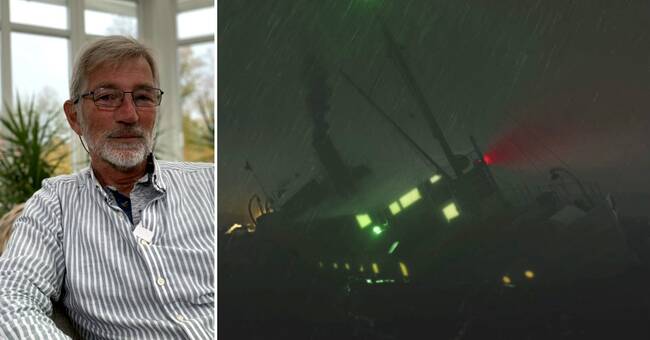- It was not intended to be a film to begin with.
It would be a three-minute sting in a film about Lake Vättern.
Then we stumbled upon this story and it was as if it screamed at us to tell it, says Thom Britten-Austin, who is the film's director.
A growing project
The project grew and when it was finished, it became a 55-minute drama documentary.
The framework for the story is the court records that are preserved at the National Archives from the negotiations in the courthouse in Jönköping in 1919. These have been dramatized and it is Ingrid Kampås who has written the script.
In the writing of history so far, a large part of the blame for the disaster has been placed on Captain Theodor Boija.
- I think it was not his fault, he was a victim of the circumstances just like everyone else, says Thom Britten-Austin.
The film was shot in, among other places, the harbor in Hjo, in a rapeseed field in Habo and in Sweden's oldest preserved courthouse in Lenhovda outside Växjö.
Filmmaker Thom Britten-Austin in his study at home in Hjo.
Photo: SVT
At various film festivals
The film has already received a number of awards at various film festivals, including in Prague.
- It is a monthly winner there and will compete next year with the other monthly winners, says Thom Britten-Austin.
On the anniversary of 19-20 November, the film will be shown in 19 locations in Vätterbygden and at the Maritime History Museum in Stockholm.
It will also be shown in the Per Brahe Hall in Jönköping.
In the places where the film has been shown so far, there have been fully booked performances.
- It is a film and stories that touch, I think.
There are several who have told me afterwards that they have been so touched by the film, says Thom Britten-Austin.

